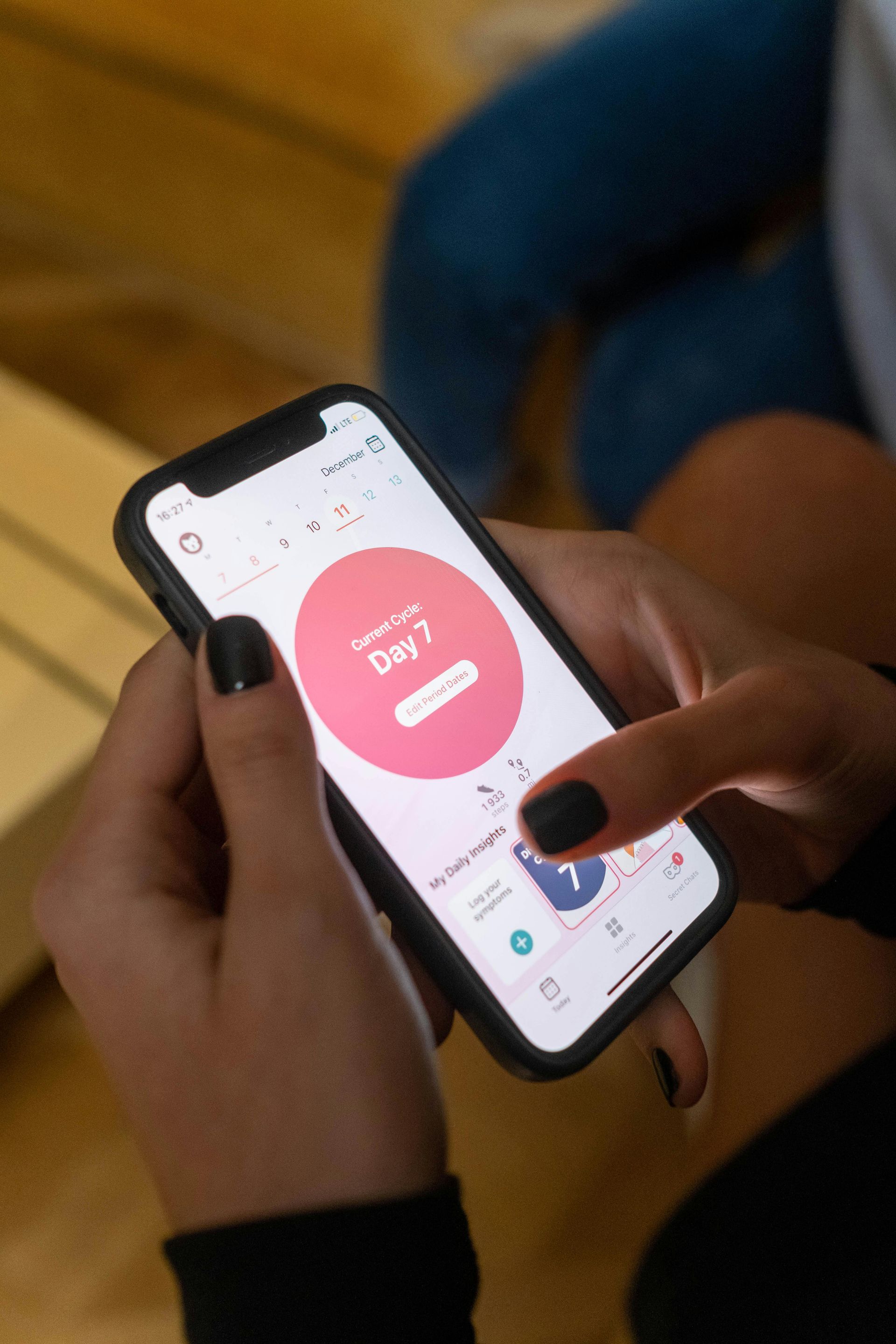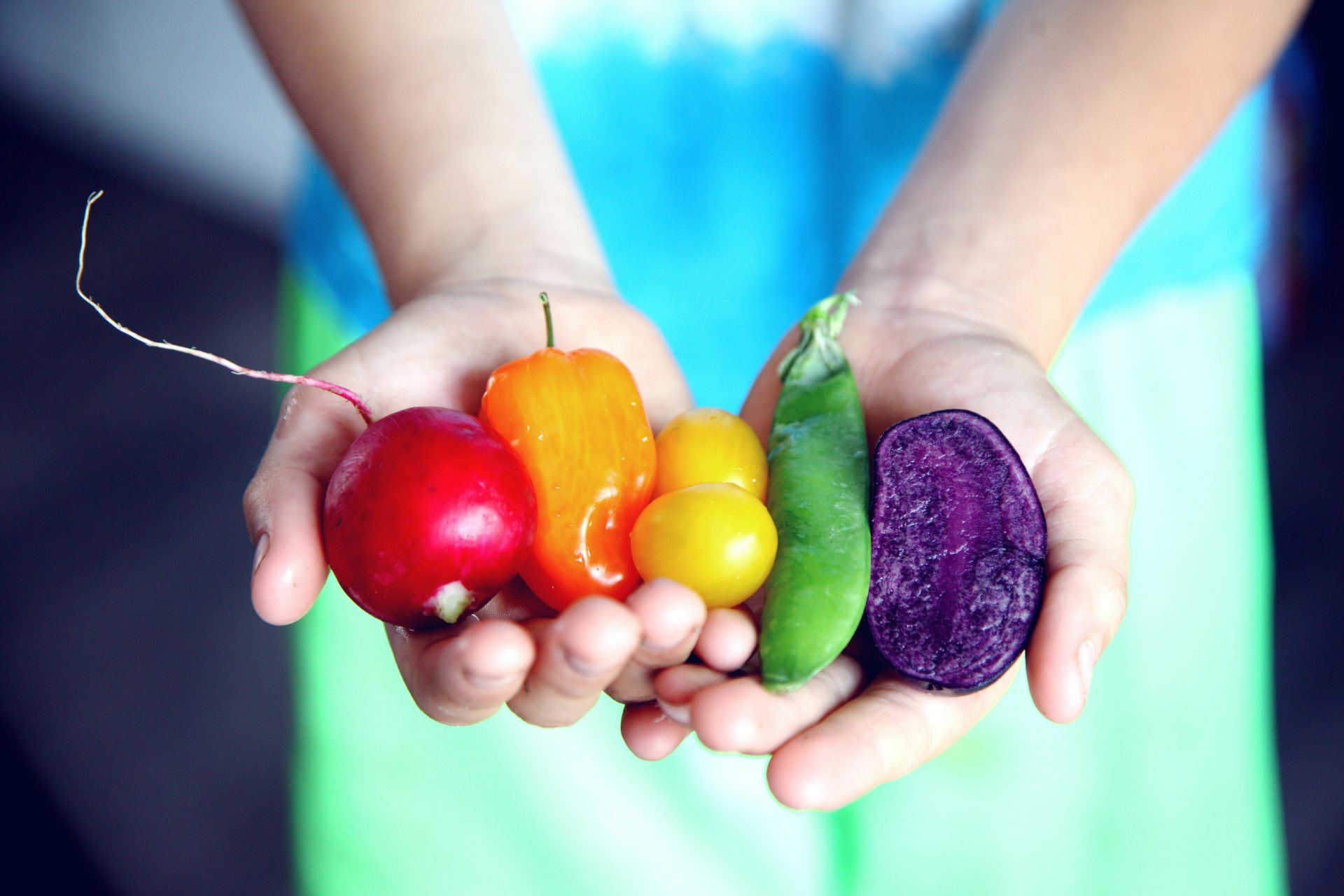How to eat slower & make the most of your meals
Eating slowly is not only a good trick for weight loss, but it’s also a way to savour your food, rather than just scarf it down. It’s a good practice in mindfulness, can ease digestion, and could even be a personal statement against fast food culture. Eating slowly is however a habit that needs to be acquired and practiced, not a simple decision.

The benefits of slow eating include
-
better digestion
-
better hydration
-
easier weight loss or maintenance
-
and greater satisfaction with our meals.
Meanwhile, eating quickly leads to poor digestion, increased weight gain, and lower satisfaction. The message is clear: Slow down your eating and enjoy improved health and well-being.
Why eat slowly?
Sensing satisfaction
One of the most important benefits of eating slowly is that it gives your body time to recognize that you’re full. It takes about twenty minutes from the start of a meal for the brain to send out signals of satiety. Most people’s meals don’t even last that long!
Imagine the extra calories you could ingest simply because you didn’t allow your body time to register that it no longer required food. Now imagine the effect of those extra calories on your weight. Eating slowly also helps us feel more satisfied — which is different than just being “full”.
Improved digestion
Eating slowly also helps our digestion. Think of digestion as a chain reaction. As soon as we see, smell, or think about food, we start salivating to prepare for putting that food in our mouth. Saliva contains enzymes that break the food down, and moistens the mouth for easier swallowing. Meanwhile our stomachs start to secrete acid. Our small intestine starts to get ready for some peristalsis. And so forth. If we rush this process, we force our GI tract to deal with stuff before it’s fully prepared. Surprises are great on birthdays, not so great during digestion.
Research shows that fast eaters consume a larger quantity of food per minute compare to slow eater. This means that not only are fast eaters putting more food down in a given amount of time, but that also that food isn’t as well-processed. Food is essentially landing in fast eaters stomachs in big lumps.
Digestion starts in the mouth, so large bites that are inadequately chewed will be more difficult for your stomach to digest which can lead to indigestion and other potential GI problems. And who wants that?
Smaller portions – without trying
Most of the research on this topic suggests that eating slowly helps you to eat less. That’s especially useful information if you’re trying to lose or maintain weight.
A study comparing fast and slow eaters found that:

-
When eating quickly the participants consumed 646 calories in 9 minutes.
-
When eating slowly the participants consumed 579 calories in 29 minutes.
That is 67 less calories in 20 more minutes!
If you extrapolate that to three meals per day, you can see how quickly those extra calories could add up. And here’s another interesting twist: When the participants ate their lunch quickly, they reported more hunger an hour later than they did after their slowly eaten lunch.
So not only did eating quickly lead to greater food consumption, it actually satisfied the participants less! Conversely, of course, slow eating meant less food but more long-lasting satisfaction.
Better hydration
Good hydration helps maintain the balance of our body’s fluids, energizes muscles, helps our kidneys and bowels work more efficiently, and improves the appearance of the skin. And one side benefit of eating slowly is that it seems to increase water consumption during meals.

A study compared the amount of water that the participants drank during lunch. When they ate slowly, the women drank 409 mL of water. When they ate quickly, they drank
only 289 mL of water!
Researchers concluded that drinking more water might be key to helping us eat less during a meal. But eating slowly seems to decrease hunger and lead to higher levels of satiety between meals.
Takeaway message – eat slowly, drink more water, consume less food, and feel more satisfied! All-around win!
Some helpful tips
-
Sit down to eat in a calm environment with minimal distractions. Don’t eat while driving, while watching TV, while texting, etc. Pay attention to your food.
-
Choose high-fiber foods that take more time to chew, such as fresh fruits and vegetables.
-
Put down your utensils between bites. Take a moment. Breathe. If you’re eating with other people, enjoy making witty conversation for a few minutes.
-
Try setting a minimum number of chews per bite. This will feel strange at first, but give it a try and see what you discover.
-
Use smaller plates or different utensils (such as chopsticks).
-
If you find yourself rushing, that’s OK. Put your utensils down and take a minute to re-focus. If slow eating isn’t habitual for you, this will take practice.
-
Find another slow eater and pace yourselves to them. Picky little kids and chatty dinner companions who hardly stop talking long enough to take a bite are often ideal for this.
-
Set aside time to eat – at least 20-30 minutes for each meal, and preferably even longer at dinner. Don’t just eat “whenever you get around to it” or treat it as an inconvenience. You’re fueling your body and maybe spending quality time with friends and family. That’s important. It deserves an appointment.
The post How to eat slower appeared first on Vereen Health.




